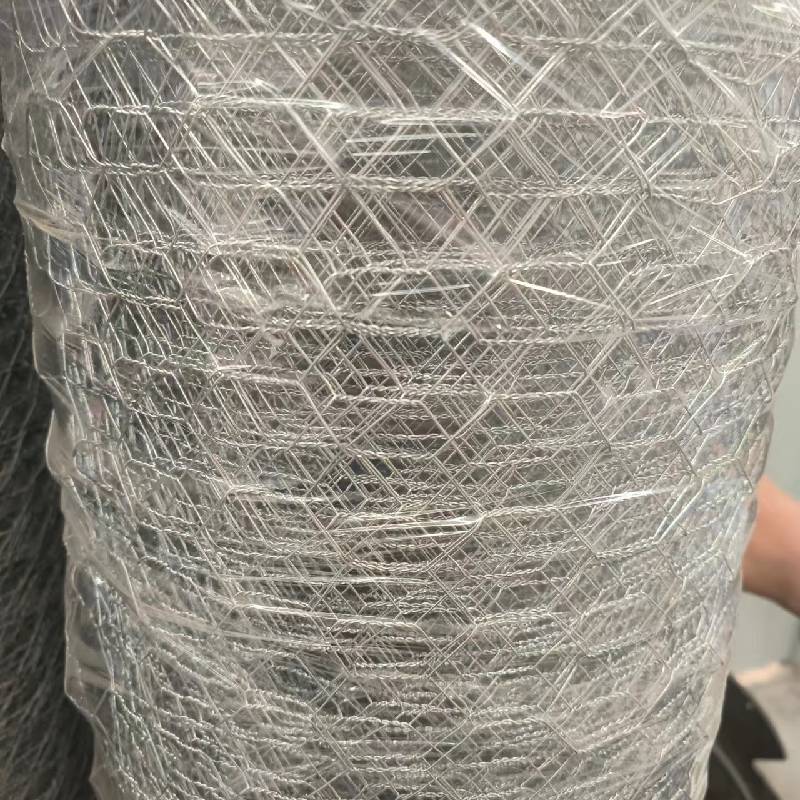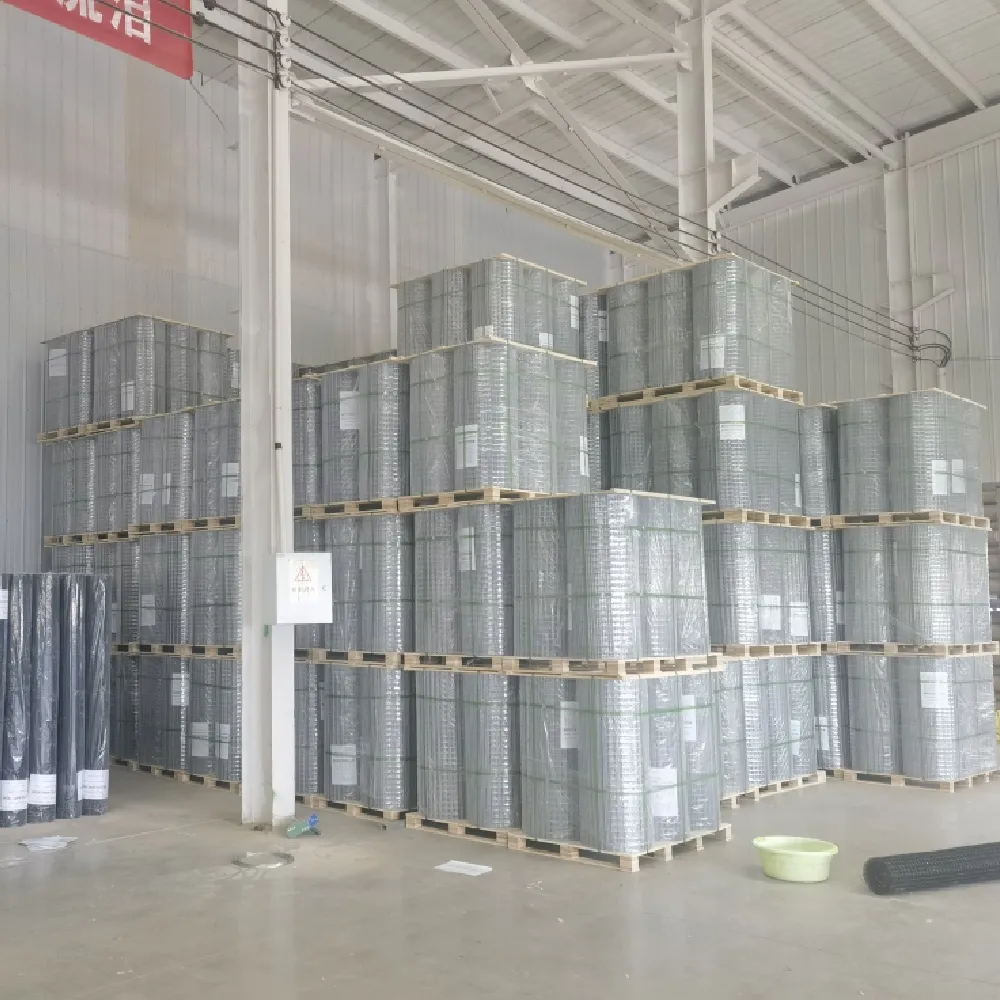Expanded mesh panels have emerged as a game-changer in the construction and design landscape due to their versatile applications and robust attributes. Their rise in popularity has been spurred by the demand for materials that combine both aesthetic appeal and functional strength. Engineers, architects, and builders are increasingly leaning towards these panels to solve a myriad of architectural challenges, be it for residential, commercial, or industrial purposes.

One of the primary reasons expanded mesh panels are garnering attention is their unique structure. Manufactured by slitting and stretching a metal sheet to create regular diamond-shaped openings, these panels are noted for their excellent strength-to-weight ratio. This characteristic ensures that while they remain lightweight, they do not compromise on durability, making them suitable for high-stress environments.
The panels can be crafted from various metals, including aluminum, steel, stainless steel, and copper, each offering distinctive advantages. For instance, aluminum expanded mesh panels are favored for their corrosion resistance and lightness, making them ideal for external cladding or decorative facades. On the other hand, stainless steel panels are often chosen for applications requiring higher tensile strength and resistance to extreme temperatures.

When it comes to applications, expanded mesh panels boast a wide array. In architecture, they are frequently used in facades, providing not only an eye-catching exterior but also facilitating natural ventilation and light penetration. This dual benefit of form and function makes them a preferred choice for designers aiming to create sustainable and energy-efficient buildings.
In interiors, these panels offer modern aesthetics, often utilized in partitions, ceilings, and as decorative elements. Their transparency levels can be adjusted by varying the strand width and mesh size,
offering customizable privacy options. This adaptability is valued in open-plan offices or retail spaces, where a blend of openness and enclosure is desired.
Safety is another realm where expanded mesh panels shine. Their inherent strength and anti-slip properties make them suitable for flooring, walkways, and platforms in industrial settings. They provide a stable surface with excellent grip, which is crucial in environments where safety is paramount.
expanded mesh panels
Furthermore, the cost-effectiveness of expanded mesh panels cannot be overstated. Their production process is efficient, with minimal material waste, which translates to reduced costs. This efficiency, coupled with the low maintenance requirements of metal meshes, presents an economically viable option for projects with budget constraints.
Elaborating on the expertise involved in selecting the right type of expanded mesh panels, several factors need consideration. Understanding the specific requirements of the project, such as load-bearing capacity, environmental conditions, and aesthetic preferences, is crucial. Collaboration with manufacturers who can offer tailored solutions and technical advice is highly recommended, ensuring that the panels not only meet but exceed project specifications.
The authoritativeness of expanded mesh panels is reinforced by their compliance with international building codes and standards. Many manufacturers ensure their products undergo rigorous testing to assure quality and performance, further cementing their trustworthiness in the eyes of clients and stakeholders.
Moreover, real-world experiences and case studies highlight the reliability and efficiency of expanded mesh panels. Numerous projects across the globe stand testament to their adaptability and resilience, from towering skyscrapers with intricate mesh facades to expansive industrial floors that withstand heavy machinery and foot traffic.
In conclusion, expanded mesh panels represent a fusion of aesthetic versatility and structural integrity. Their growing adoption in various sectors highlights a material that adapts to contemporary needs while retaining classical engineering principles. As demand for sustainable and cost-effective architectural solutions continues to rise, expanded mesh panels are poised to remain at the forefront, championing innovative design and construction practices.
























